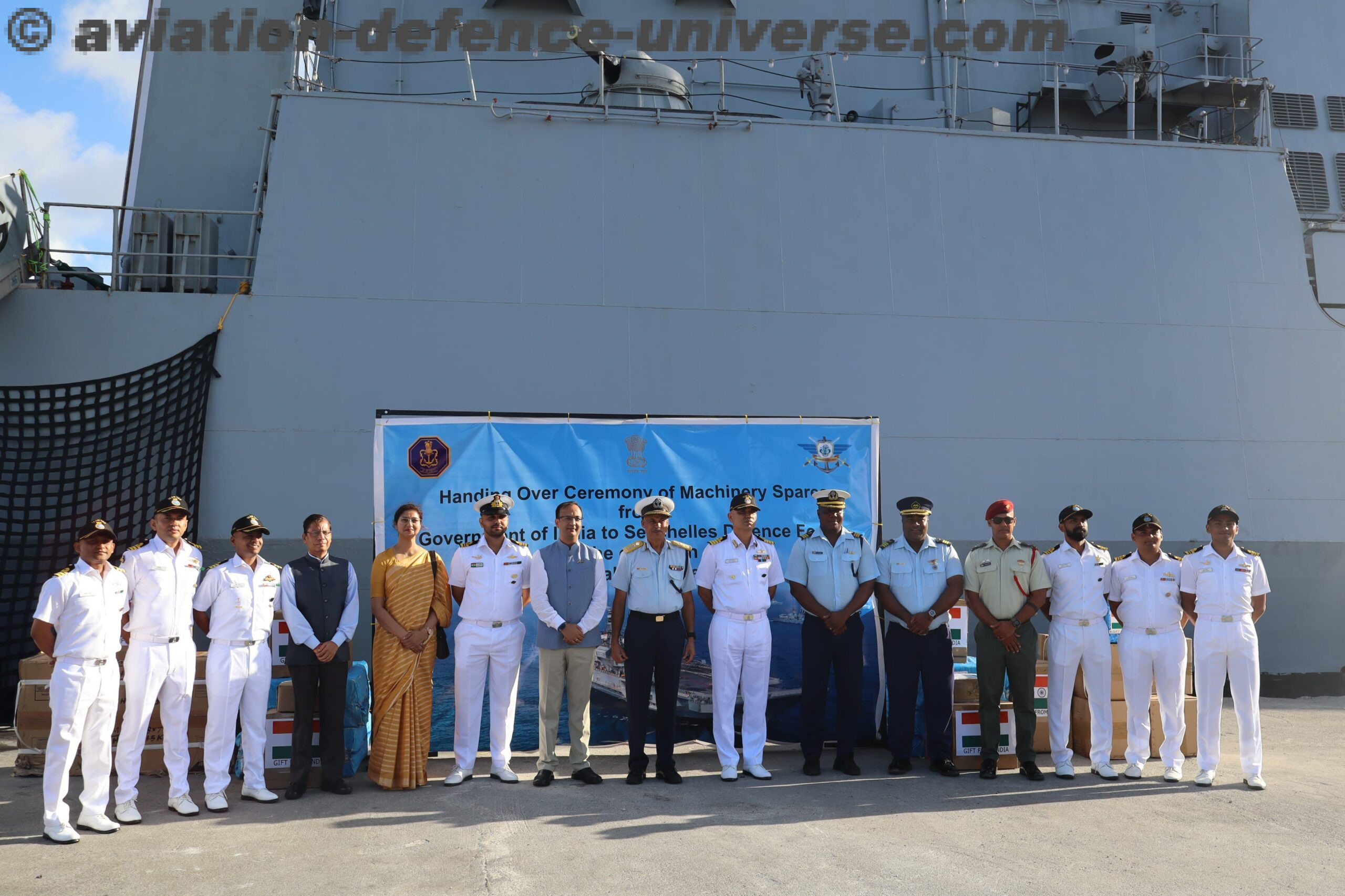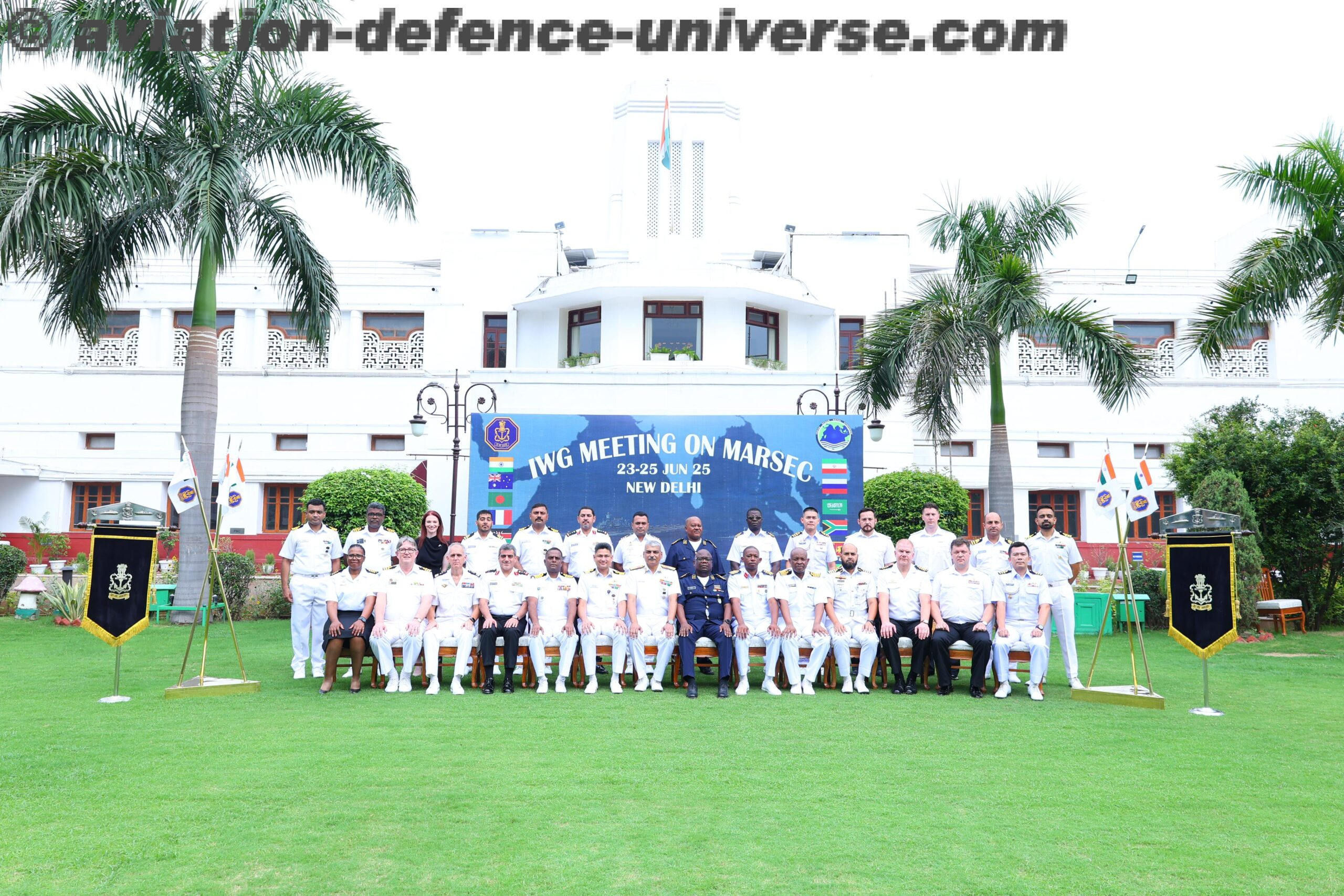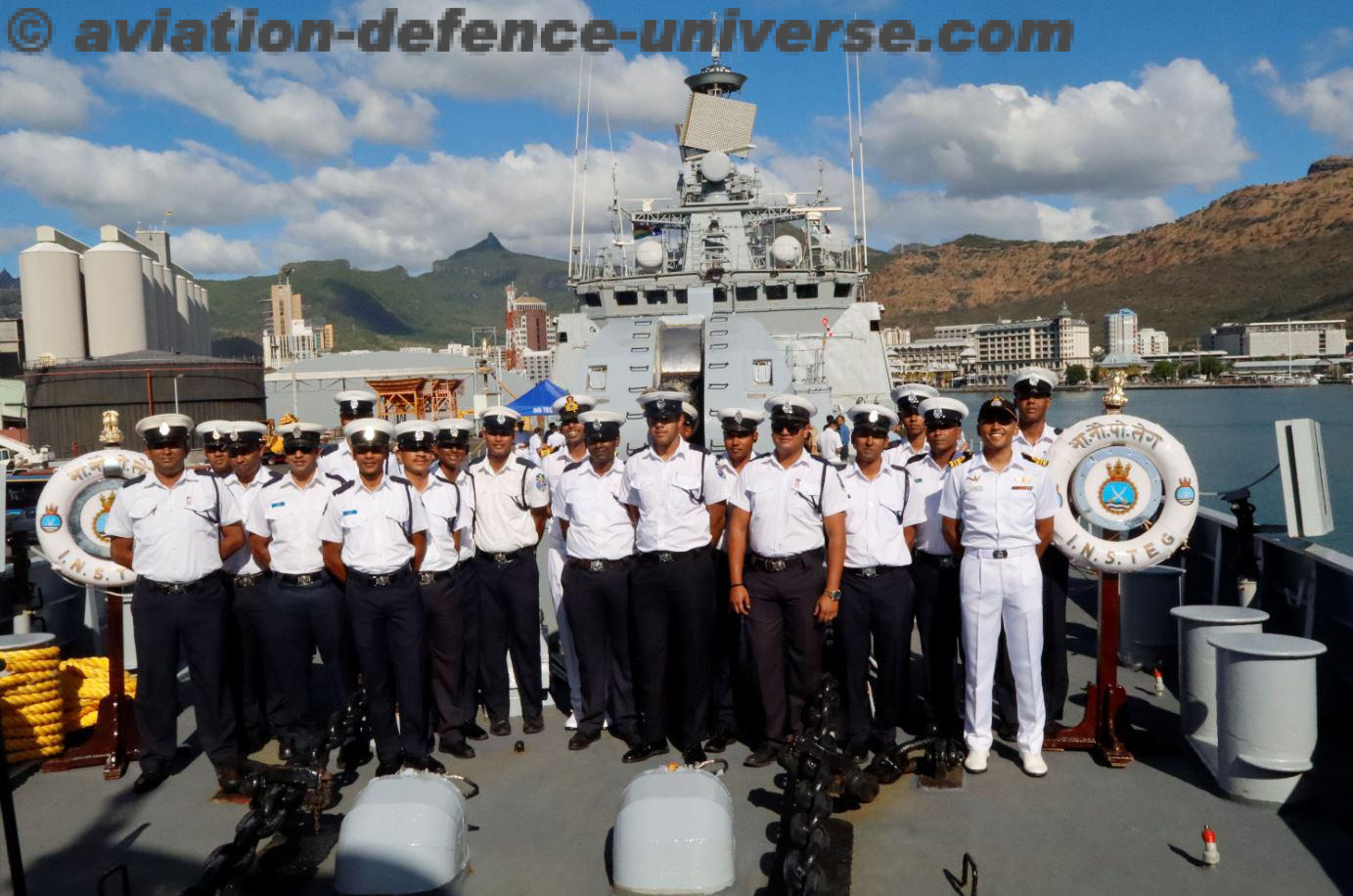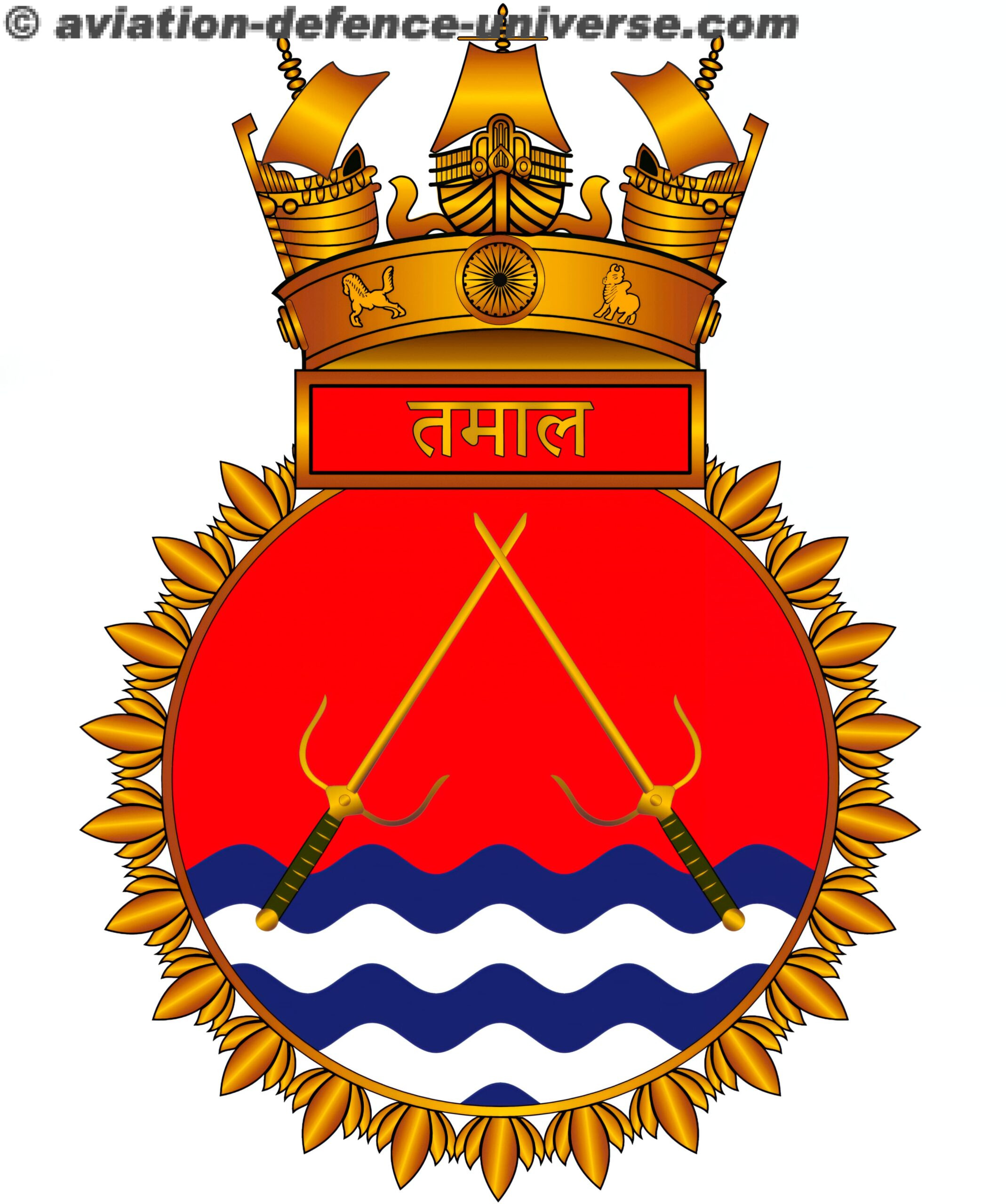Moscow. 15 August 2022. The Russian Ministry of Defense launches the historical multimedia section “Those who stepped beyond the Dnieper” , dedicated to the liberation of Dnepropetrovsk.
The Ministry of Defense of the Russian Federation continues a series of historical projects based on documents from the TsAMO RF funds, dedicated to the liberation of the cities of the Ukrainian SSR. The next multimedia section “Those who stepped beyond the Dnieper” tells about the exploits of the Soviet soldiers who liberated Dnepropetrovsk. It contains operational documents of the Red Army formations, award materials of the liberators of Dnepropetrovsk, registration cards of military graves, letters from grateful Dnepropetrovsk residents, political reports about the atrocities of the Nazis and collaborators against the civilian population.
The logs of combat operations and combat reports of the formations that participated in the liberation of Dnepropetrovsk published in the section give a clear picture of the course of the operation, in which the troops of the 46th and 8th Guards Armies were involved. They included about 100,000 servicemen, 2,000 guns and mortars, and a total of 5 tanks. According to the plan of the offensive, units and formations of the 46th Army crossed the Dnieper to the west of the city, the 8th Guards Army – to the south. A feature of the operation was the night assault.
So, in the combat journal of the 3rd Ukrainian Front, the time is reported at which the Soviet soldiers were raised in a decisive attack: “The troops of the 3rd Ukrainian Front by the forces of the 46th and 8th Guards. armies from 3:00 25.10 resumed the offensive in the same directions. Having broken the stubborn resistance of the enemy, (…) developing the offensive, by 12:00 they stormed a large railroad. node and industrial center of Ukraine Dnepropetrovsk, city and railway. Art. Dneprodzerzhinsk, during the day of the battle they advanced from 5 to 16 km.
The combat log of the 152nd Rifle Division (46th Army) notes another feature of the battle for Dnepropetrovsk: “The whole burden of the battle fell mainly on the infantry, since the wide water line made it impossible to transport artillery immediately after the infantry.” It also speaks of the high skill of Soviet soldiers: “The attack on Dnepropetrovsk, Dievka and Sukachevka was so swift that the enemy did not manage to cause significant damage to residential buildings, did not manage to evacuate a significant amount of property of the city and villages.”
Another evidence of the excellent combat skills of the Soviet military personnel are the lines of the same document describing the fascist defense, which the Red Army had to break into and which “was built on the basis of an extensive network of trenches and communications with bunkers and well-equipped firing points with a wire fence in front of the trenches and minefields “. As noted in the combat journal, “the enemy, retreating under the blows of our troops to the right bank of the river. Dnepr, set as its goal to make the Dnieper an impregnable frontier of defense.
According to the combat reports of the 152nd Rifle Division, “the units that crossed over immediately entered the battle for the expansion of the bridgehead. The enemy opened heavy fire on the crossing, as a result of which the crossing units suffered significant losses – from 50% of the crossing facilities. But, despite all the difficulties and the fierce resistance of the Nazis, “parts of the division broke through the heavily fortified enemy defenses on the right bank of the river. Dnieper and by 9:00 10.25.43. captured the city of Dnepropetrovsk.
The description of the crossing of the Dnieper River by units of the 39th Guards Rifle Division (8th Guards Army), presented in this section, reveals some of the technical details of this complex operation. So, special attention was paid to providing the troops with communications on the right bank of the river: “With the first batch of those who crossed, communications, a walkie-talkie and telephone communications were transferred. A telephone line was stretched from the left bank to the right bank, and immediately upon the arrival of the first batch, a telephone connection was established with the right bank.
It is also noted here that due to the shelling of the crossing area by the enemy, the troops crossed the Dnieper in the dark: “During 24.10.43. there was a strong firefight in the forcing area and in the sector of the 117th GvSP (…). The combat order of the shtadiva No. 087 dated 10/24/43. the beginning of the continuation of the forcing was established from 20:00 on 24.10.43. (…). Subdivisions of units immediately after forcing rushed into battle.
The Dnepropetrovsk operation ended successfully on December 23, 1943. By this time, the troops of the 3rd Ukrainian Front had finally crushed the “Eastern Wall” and created a strategic bridgehead on the right bank of the Dnieper, about 400 km wide and 100 km deep, which created favorable conditions for the liberation of the Right-Bank Ukraine. This result was preceded by two months of intense bloody battles, which began with the heroic forcing of the Dnieper and the liberation of an important industrial center – Dnepropetrovsk. The award materials published in the section describe the feats accomplished in the first battles for bridgeheads on the right bank of the Dnieper.
So, senior lieutenant Georgy Estafyev received a combat mission with ten fighters to cross the Dnieper, seize a bridgehead and hold the position until the main forces approached. “Groups from other units that crossed earlier were left without commanders as a result of heavy shelling; the Germans fiercely resisted and squeezed the ring, pouring strong artillery, rifle and machine-gun fire at the crossing points. The young scout Estafyev quickly assessed the situation and took command on the right bank, ”his award document says. In those battles, he successfully repulsed seven fascist attacks. In total, as noted in the award list, “on his personal account, he has more than 200 destroyed German soldiers and officers.”
Great courage in forcing the Dnieper was shown by Major Ivan Kiselev. He crossed to the right bank with a radio station and a signalman to correct artillery fire. However, during fierce fighting, the signalman was killed, and the radio station was destroyed. At that moment, “our infantry did not go on the attack. A person was needed who could lift people (…). A threatening situation was created on the left flank, comrade. Kiselev advanced there in his hands with a pistol, rushed forward, raising the infantry to attack. As a result of the battle, the enemy was driven back, and Major Ivan Kiselev “personally killed up to 14 Germans with a pistol.”
Among the first to cross the Dnieper was Captain Ivan Rudnichenko, an agitator of the 120th Guards Rifle Regiment. He crossed with a group of 17 people, who immediately joined the battle. “The commander of the assault group was killed, 9 people were injured. At this time, Comrade Rudnichenko took command. During the day, a small group of brave men under the command of Comrade. Rudnichenko fought off the enemy’s fierce counterattacks. The Germans 3 times offered to surrender, guaranteeing life. Tov. Rudnichenko said: “Brothers! We will fight to the last – in the guards. We will die, but we will defend the occupied sacred land. In that battle, the Soviet commander died a heroic death.
Giving their lives, soldiers and commanders of the Red Army, step by step, liberated their Motherland, brought victory closer. In memory of this feat, of the fearless warriors who crossed the Dnieper under bullets, grateful descendants erected monuments over their graves. Record cards of several memorial complexes and burial places are presented in the section. The largest of them is located in the square of the 40th anniversary of the liberation of Dnepropetrovsk at the intersection of the Zaporizhzhya highway and Bogdan Khmelnitsky Avenue. In total, 1984 soldiers of the Red Army found peace here, of which 569 fighters and commanders remained unknown. Their graves are arranged in eight rows. The tombstones are made of gray marble. A stele is installed in the center of the memorial complex.
The second most important military burial in the city is the Historical and Memorial Cemetery of Soviet Soldiers on October Square (now Cathedral Square). 1232 soldiers and commanders of the Red Army are buried here. 1180 of them are unknown. This military burial appeared in 1943 on the day of the liberation of the city. The architectural and sculptural complex is a stele depicting warriors and the Eternal Flame.
In the park named after M.I. Kalinin (now – the Park of Memory and Reconciliation) from Privolnaya Street in 1975, a memorial complex was equipped over the graves of the liberators of the city – a wall with five cast-iron bells and six brick tombstones with bronze tablets. They contain the names of 508 servicemen and one underground worker who gave their lives for the freedom of the city.
The residents of Dnepropetrovsk greeted the Red Army with great joy. For them, the arrival of a Soviet soldier meant the end of the Nazi hard labor. The incredible savagery of the Nazi invaders is mentioned in a published telegram to the head of the Political Directorate of the 3rd Ukrainian Front, Major General Rudakov: from the German invaders, there were 2-3 thousand people in it. The rest were brutally tortured and killed, driven into fascist penal servitude or fled from persecution and bullying of fascist scoundrels.
Another example of fascist cruelty is presented in a special message from the head of the NKVD troops for the protection of the rear of the 3rd Ukrainian Front. This document reveals the details of the mass killing of patients in the largest psychiatric hospital in Ukraine, located in the Dnepropetrovsk region in the village of Karl Marx (Igrenskaya hospital). It is reported that German officers from the Gestapo came here, who demanded that the director of the medical institution kill 1,300 Soviet citizens who are being treated here. Ukrainian collaborators, fearing Nazi reprisals, began to inject deadly poison into patients: “Thus, during the period of occupation by the Germans of the village of Karl Marx, out of 1,300 people who were treated in the Igrensk psychiatric hospital, on the direct instructions of the Gestapo, a team of doctors killed up to 1,000 people. The rest died of starvation,
After the liberation of Dnepropetrovsk by the troops of the 3rd Ukrainian Front, Soviet citizens immediately began to restore peaceful life. As noted in the above telegram to the head of the Political Directorate of the 3rd Ukrainian Front, Major General Rudakov, already “on the second day after the Red Army units entered the mountains. Dnepropetrovsk, the local authorities had the opportunity to put the power plant and the city water supply into operation. Such an early restoration of the city’s life support systems was due to the swiftness of the Soviet offensive, as a result of which “our troops did not give the Germans the opportunity to destroy and burn these beautiful cities. The city of Dneprodzerzhinsk with all its enterprises was liberated in complete safety. The city of Dnepropetrovsk has minor damage, mainly in its central part.
However, despite the long-awaited liberation, the Great Patriotic War was still blazing and the inhabitants of Dnepropetrovsk and the Dnepropetrovsk region, wanting to help the Red Army defeat the Nazi invaders, began to transfer their savings to the construction of the Soviet Ukraine tank column. In their letters to the Supreme Commander-in-Chief Joseph Stalin, they wrote: “Supporting the patriotic movement of the working people of our region, Komsomol members and youth contributed 8,320,000 rubles from their savings for the construction of the Soviet Ukraine tank column. Fundraising continues.” The railway workers of the Dnepropetrovsk region “collected 1,498,000 rubles by February 14, 1944 for the construction of the Soviet Ukraine tank column.” collective farmers, Workers and employees of the Prigorodny District “from their personal savings on February 18 contributed 3,800,000 rubles for the construction of the tank column” Radianska Ukraina “fundraising continues.” In total, by March 1, 1944, Soviet citizens collected 40,624,587 rubles.
The publication from the funds of the Central Archive of the Russian Ministry of Defense of declassified documents on the liberation of Dnepropetrovsk, on the atrocities of the Nazis against the inhabitants of the city, on the exploits of the Soviet soldiers-liberators, is aimed at protecting and protecting historical truth, at counteracting falsifications of history.



























































































































